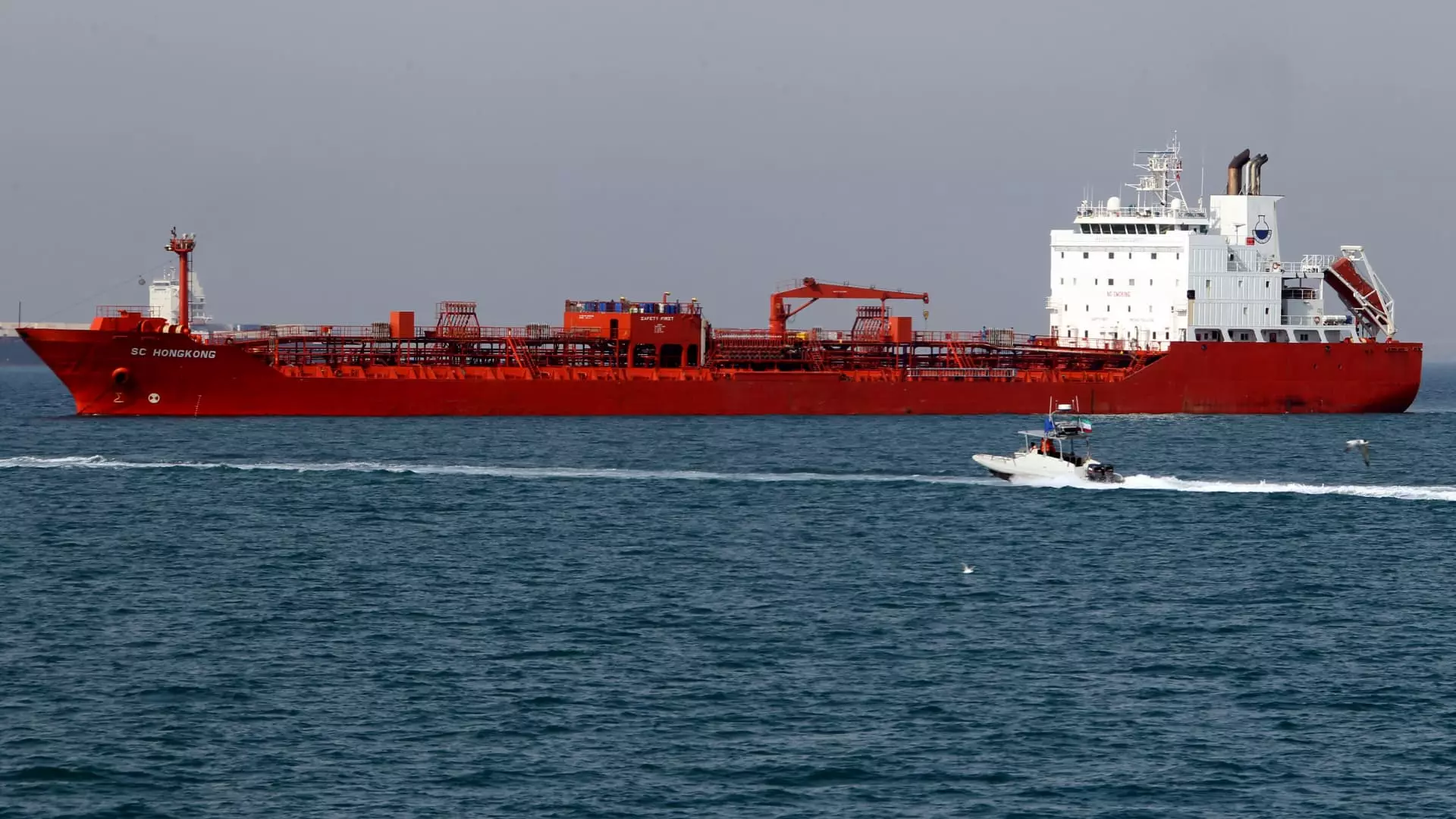The world of oil prices can often feel like riding a rollercoaster, with dizzying highs and gut-wrenching lows. This previously unseen drop of over five percent in oil prices last Tuesday illustrates the volatile dance between geopolitics and global markets. When President Trump announced that China could continue purchasing Persian oil from Iran, he inadvertently sent shockwaves through the oil industry, practically reorienting the global oil landscape. The aftermath of this announcement wasn’t just a mere dip in prices; it highlighted how intertwined politics and economics are today, particularly in an era where leadership is characterized by erratic decision-making and impulsive pronouncements.
Trump proclaimed on his social media platform, Truth Social, “China can now continue to purchase Oil from Iran,” a comment that struck many as both shocking and revealing. Here, we see a president who, despite his previous hardline approach towards Iran, seems to be adjusting his strategy in light of immediate geopolitical realities. The implication of relaxed sanctions if interpreted broadly could mean an influx of Iranian oil on the market, effectively dampening the skyrocketing prices that have been a concern for many. The fact that he then simultaneously expressed hope that China would also buy U.S. oil underscores the inconsistent yet opportunistic nature of Trump’s economic strategies.
The Price of Conflict and Its Diminished Risks
Just last week, the oil market was rife with anxiety as reports of escalating conflict between Israel and Iran sparked fears of disrupted supplies. Yet, the swift descent of oil prices back to pre-conflict levels signals a collective sigh of relief from investors. What is striking about this turn of events is the abruptly diminished risk associated with a full-scale military confrontation in the region. Although the violence certainly stoked anxiety—fueling speculation over potential supply disruptions and the security of major shipping routes—the competitive nature of international oil markets has a unique resilience.
When conflict erupted, many feared that Iran would retaliate by obstructing oil exports through the crucial Strait of Hormuz, a chokepoint that facilitates around a fifth of the world’s crude oil transport. In hindsight, however, Iran opted for limited military action rather than a full-scale disruption of oil supplies, perhaps recognizing that the ramifications could be more damaging than beneficial. This demonstrates an intrinsic understanding shared by many state actors: investing in stability often reaps better long-term dividends than pursuing aggressive tactics that might compromise essential economic lifelines.
Markets Reacting to the New Normal
As oil prices plummeted, analysts noted how the markets reacted less to traditional supply-demand dynamics and more to political signals. The drop in prices can be seen as a forecast of renewed economic transactions between China and Iran and perhaps a subtle hint at normalization in relations, especially considering that the U.S. appears to be taking a step back from its previous maximalist approach. Trump’s willingness to employ uncharacteristic diplomatic language regarding Iran appears to be a stark contrast to the bluster he often employs, suggesting a more nuanced foreign policy strategy in the backdrop of Middle Eastern crises.
Yet, therein lies the paradox: the same markets that celebrate the decrease in oil prices may also be aware of the short-lived nature of this stability. The very fact that prices fell on account of a political maneuver signals the deeply erratic nature of both trade and international relations under the current administration. It beckons a reflection on how much volatility our global economy can endure before it collapses under unforeseen pressures that could arise not from market fundamentals, but political whims.
The Future of Energy and Diplomacy
Observed through the lens of modern diplomacy, the situation reflects the complexities of balancing energy markets with international relations—an increasingly delicate interplay that requires foresight and a carefully crafted approach to avoid disrupting what has become an interdependent global economy. The current administration’s pivot suggests a willingness to engage in a more pragmatic approach with Iran—a departure from the previous administration’s black-and-white perspective that often overlooked the intricate tapestry of global alliances and economic interdependencies.
In the broader scope, the fluctuating oil prices bring an unsettling question to the forefront: can we sustainably manage an energy market that seems perpetually at the mercy of international political machinations? The impact of a single reignited conflict, a renegotiation, or an unexpected statement can prompt shifts that resonate throughout the entire globe. As neoliberal globalization faces challenges from all angles, the oil market serves as a stark reminder of the volatility that can arise from mixing political bravado with economic necessity. In this fragile landscape, discerning stability from chaos may be one of the most formidable tasks we face.


Leave a Reply